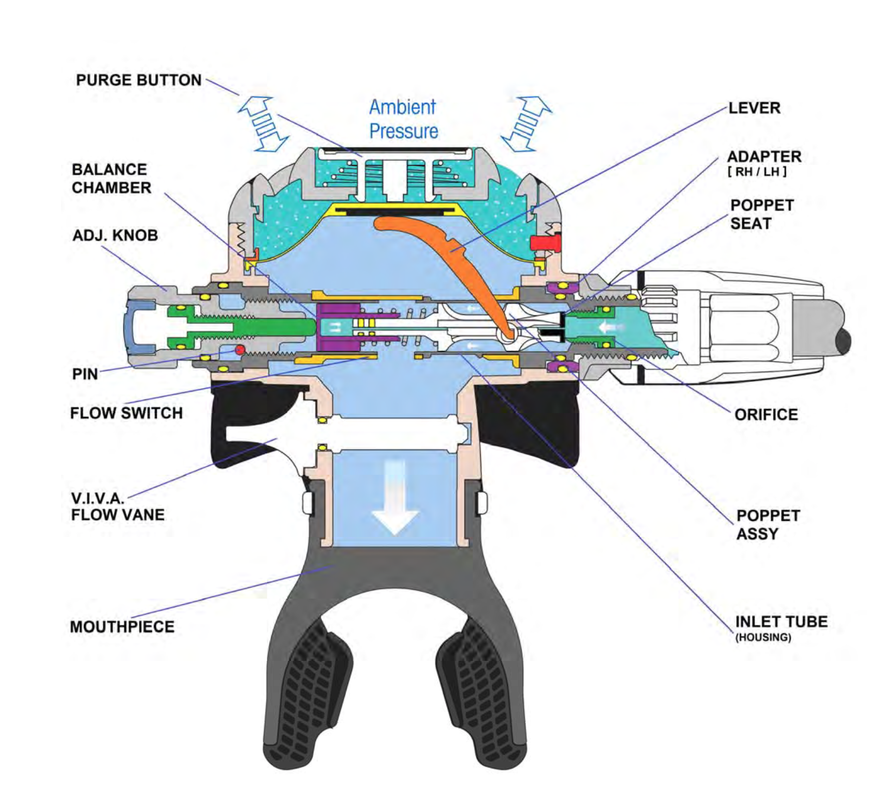Pete did appear to use the wrong term...
I took his comment as a faux paux and meant hot tuned. If I got it wrong, I am sorry. But hot tuned is what I meant. I do not like that term really.
Welcome to ScubaBoard, the world's largest scuba diving community. Registration is not required to read the forums, but we encourage you to join. Joining has its benefits and enables you to participate in the discussions.
Benefits of registering include
Pete did appear to use the wrong term...
@Kendall Raine, there are way more inventive and interesting (and, as @rhwestfall points out, some off-label) ways to accomplish your goal than I would have guessed but to return to your above question: your scenario and question were discussed recently at the October @rsingler reg service seminar. A look at my seminar notes confirms my recollection that the storage method in question should not deform the spring as the compression under which the spring would be placed is within the spring's working range. Have fun picking among the suggestions!My question is whether using that storage method eventually compresses/deforms the poppet spring inside the barrel thereby changing the second stage tuning/performance?
 ) on that.
) on that.Sorry... You can tune the thing to always be in freeflow rather than hard to breathe. Sure, "detune" often means making it harder to breathe, but it can be either way from being optimally tuned.OK, now you guys are hurting my pointed little head.
Intuitively I would have thought "detuned" and "hot tuned" would be opposites-that is "detuned" would be something like >1.5" while hot tuned would be something like <1.1". The idea of setting the cracking pressure below spec (e.g. 0.8" aka hot tuned)) makes intuitive sense from a seat saver perspective.

